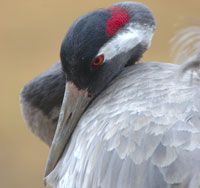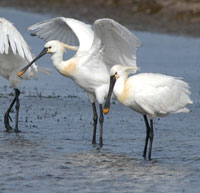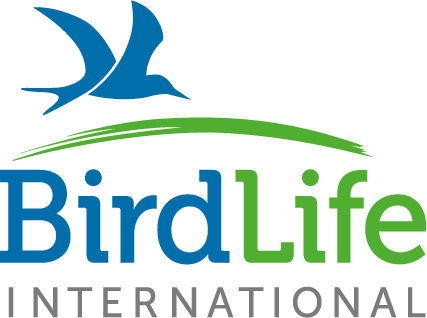Dear visiting birdwatcher
On this page you will find a number of links to birding sites in Denmark, region by region. The links can be found in the menu under "Birding sites in Denmark".
For each site you will find a short description of the area, a summary of the birds you can expect to see - usually both breeding, migrating and staging birds, instructions on how to get there and where to park, information about observation towers, exhibitions, nature centres and other facilities, and links to relevant leaflets.
Each site has a link to a Google map showing relevant information such as bird observation towers, look-out points and car parks.
The sites have been chosen on the basis of the following criteria:
- that there are many and/or interesting birds
- that there are good possibilities for observing the birds
- that the sites are easy to reach
- that all parts of the country are covered
This means that there are some good bird sites that are not mentioned, for example if they are not open to the public or difficult to get to.
The birds described in the text are the species that are typical for the locality in question. In addition, birds that visit the locality in smaller numbers are mentioned, together with rare birds that may turn up from time to time. The commonest birds, that can be seen all over the country, are not normally mentioned.
Under "Practical information" in the menu you will find a section with some practical information, a glossary of the more commonly used geographical terms that appear in the text, a GoogleMap showing the whole of Denmark with all the sites marked, and, finally, a link to the data base for bird observations "DOF-basen"..
Denmark is a relatively small country and the highest point above sea level is only 173m, but we have over 7000km of coastline with marshland, mudflats, inlets and coastal meadows. Furthermore, Denmark lies on the main migration routes between continental Europe and the rest of Scandinavia. In spring and autumn, a massive migration of landbirds – both raptors and passerines – takes place, while enormous numbers of wildfowl and waders stop off, some of them even spending winter here. We actually house almost the whole population of pale-bellied brent geese from Svalbard in the winter months. In summer we are home to a large population of breeding waterbirds. From the hundreds of thousands of waders, ducks and geese feeding on the mudflats off the west coast to the solitary kingfisher darting along a stream in the woods, Denmark can offer a wealth of birdlife at all seasons. We hope that you will enjoy your stay here and have some good birding!






